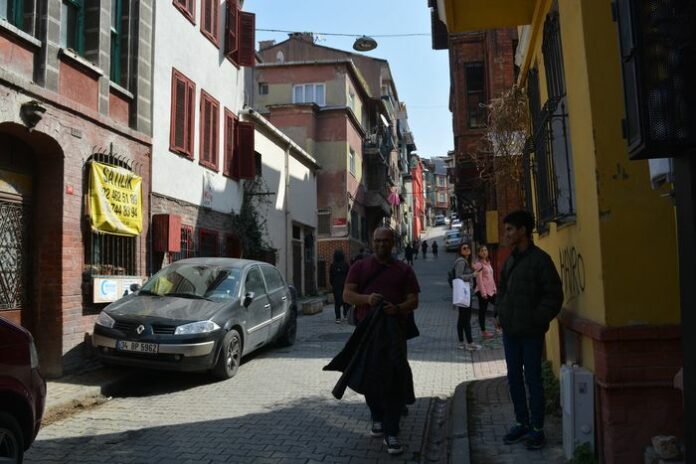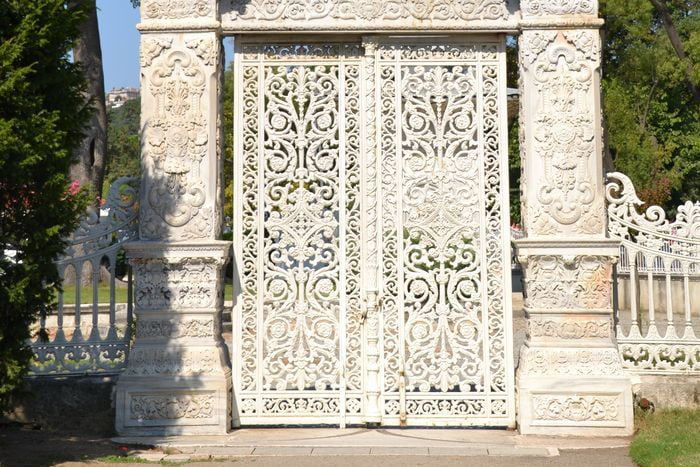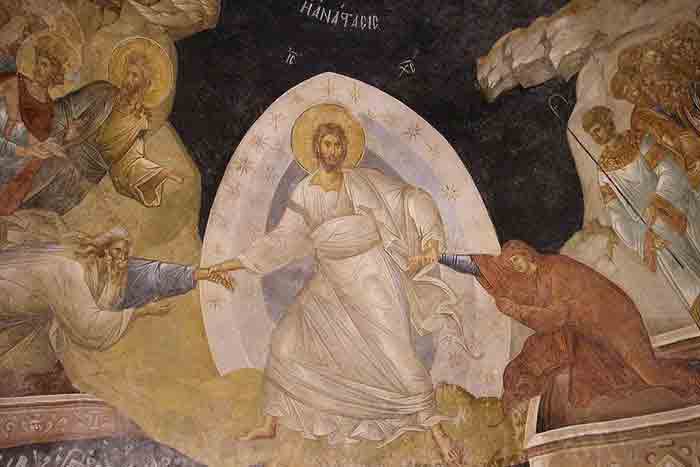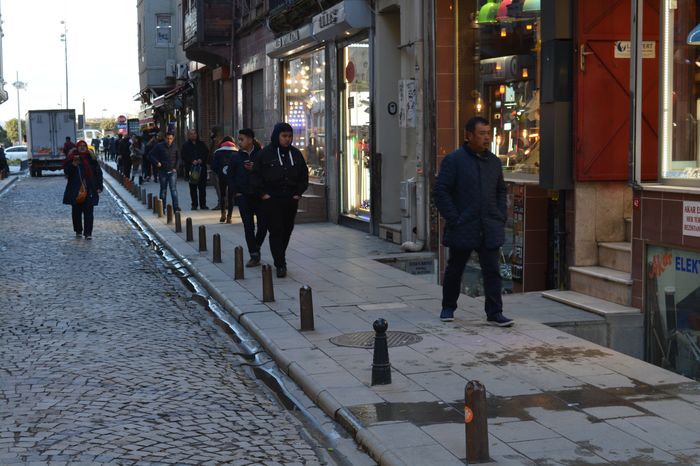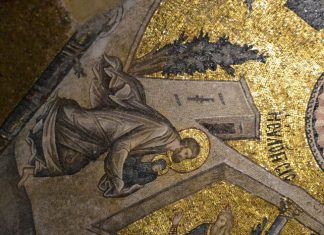The Bulgarian women’s movement started mainly in education and social work. The development of education for women in Bulgaria can be seen in several key moments: the first secular school for girls was opened in 1841, and by the early 1850s, there were 35 such schools. By 1878, when Bulgaria became an independent state, the number of schools had grown to 90.
The Role of the Bulgarian Press and Intellectuals
The rise of the Bulgarian national intellectual class and the beginning of the Bulgarian press in the 1840s also helped the growth of women’s education. Some male writers and thinkers started promoting the idea of women’s education. They believed it was important for many reasons, even though very few women could read or had access to newspapers at the time. Some influential Bulgarian newspapers wrote about how women were in a “miserable and debased condition” in society, especially compared to men. They argued that not focusing on women’s education would harm the progress of the country balkan tours.
Arguments for Women’s Education
Similar to other European countries at the time, some Bulgarian men argued that women should be educated, but they did so using traditional ideas. They believed that education was necessary for women to become better mothers, housewives, and companions to their husbands. One Bulgarian thinker, Petko Slaveikov, said women should be educated “to become a man’s good comrade.” They also argued that educating women would help them contribute to the national cause and raise children who would become good citizens The Coming Conflict.
Motherhood as Citizenship
As many women historians have pointed out, motherhood was seen as a woman’s form of citizenship. Educating mothers was considered a national responsibility, following the example set by France in the 18th century. Educating women to become better mothers was viewed as key to the nation’s future.
